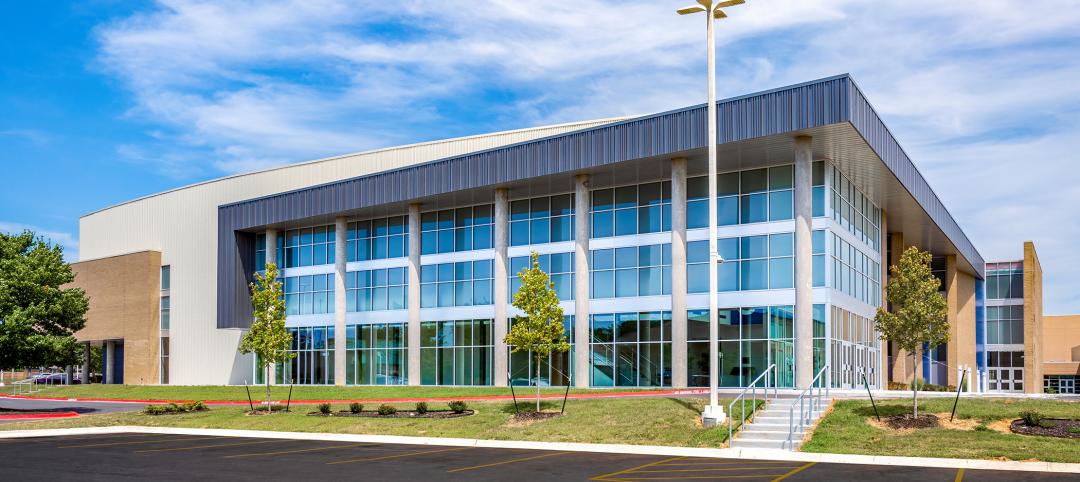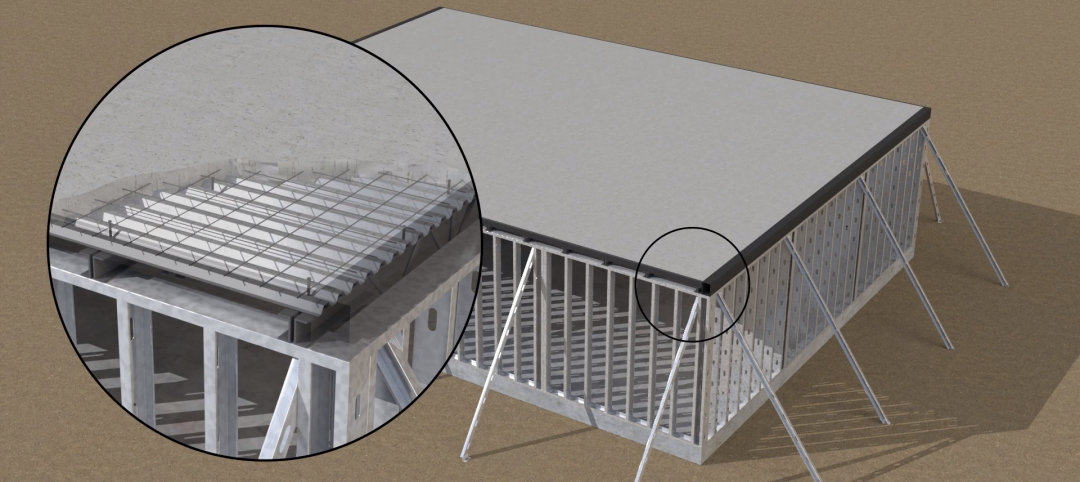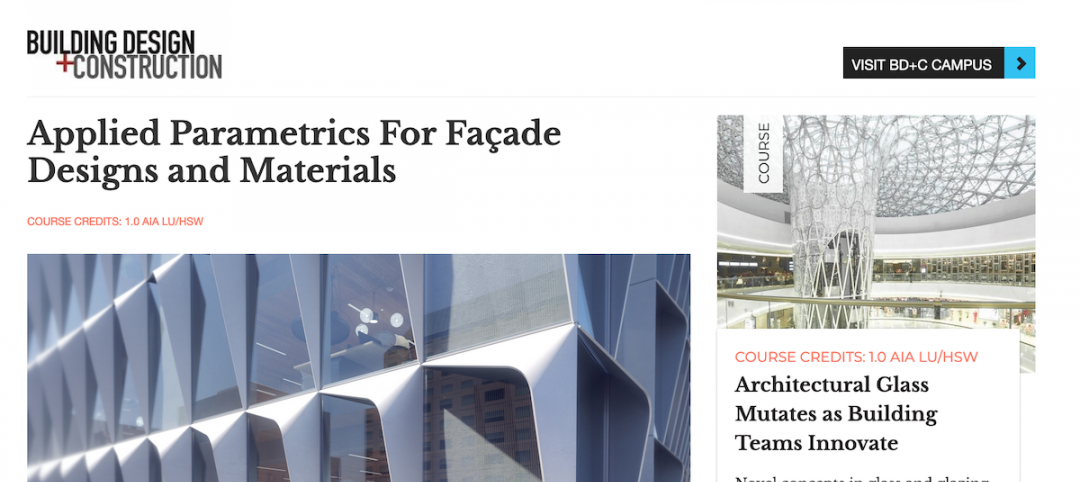To keep interior spaces warm in the winter (and nice and cool in the summer), Building Teams report adopting more advanced approaches to envelope design and construction, whether for big-ticket cladding choices, window edge details, or meticulous mockup and installation practices.
Fortunately, a confluence of product innovations, creative assemblies, and improved project delivery techniques are helping improve performance and reduce first costs and long-term energy use.
New findings run the gamut. Modeling of enclosures is expanding, as seen in the recently developed sensitivity analysis tool (tinyurl.com/y8ct6xfl) for quantifying the impact of thermal bridging and corresponding efficiency measures for high-rise residential buildings, according to Brad Carmichael, PE, Assoc. AIA, Senior Building Science Specialist with JRS Engineering.
Improved insulation and cladding systems are enhancing performance as they simplify construction and installation. Methods for mitigating energy losses—including thermal bridging, which experts like engineer Joseph Lstiburek, PhD, say can account for the most uncontrolled heat loss and gain in buildings—have turned the glazing discussion to edge-of-glass performance. In that vein, new breaks and edge spacers dramatically boost performance as compared to treating glass with additional coatings.
LEARNING OBJECTIVES
After reading this article, you should be able to:
• Describe the general principles of building siting, orientation, and overall design that contribute to energy efficiency and enclosure integrity.
• Discuss continuous insulation and the methods of selecting and applying thermal protections.
• List key systems and components for mitigating solar heat gain and unwanted glare.
• Explain how design and construction practices can affect enclosure performance.
TAKE THIS FREE AIA COURSE AT BDCUNIVERSITY.COM
Related Stories
Sponsored | BD+C University Course | Apr 1, 2022
Video surveillance systems for multifamily housing projects
This introductory course provides detailed technical information and advice from security expert Michael Silva, CPP, on designing a video surveillance system for multifamily housing communities – apartments, condominiums, townhouses, or senior living communities. Technical advice on choosing the right type of cameras and optimizing the exterior lighting for their use is offered.
Sponsored | BD+C University Course | Feb 17, 2022
Metal roofing trends
New ideas in design and constructability are radically changing how metal systems are used as roofing for commercial and institutional buildings. Behind the investment in these new kinds of expressions and construction approaches is a growing interest in improved performance and reduced environmental impact. Metal roofing systems can cut cooling and heating loads significantly, according to the EPA.
Sponsored | BD+C University Course | Jan 30, 2022
Optimized steel deck design
This course provides an overview of structural steel deck design and the ways to improve building performance and to reduce total-project costs.
Sponsored | Steel Buildings | Jan 25, 2022
Structural Game Changer: Winning solution for curved-wall gymnasium design
Sponsored | Steel Buildings | Jan 25, 2022
Multifamily + Hospitality: Benefits of building in long-span composite floor systems
Long-span composite floor systems provide unique advantages in the construction of multi-family and hospitality facilities. This introductory course explains what composite deck is, how it works, what typical composite deck profiles look like and provides guidelines for using composite floor systems. This is a nano unit course.
Sponsored | Reconstruction & Renovation | Jan 25, 2022
Concrete buildings: Effective solutions for restorations and major repairs
Architectural concrete as we know it today was invented in the 19th century. It reached new heights in the U.S. after World War II when mid-century modernism was in vogue, following in the footsteps of a European aesthetic that expressed structure and permanent surfaces through this exposed material. Concrete was treated as a monolithic miracle, waterproof and structurally and visually versatile.
Sponsored | BD+C University Course | Jan 12, 2022
Total steel project performance
This instructor-led video course discusses actual project scenarios where collaborative steel joist and deck design have reduced total-project costs. In an era when incomplete structural drawings are a growing concern for our industry, the course reveals hidden costs and risks that can be avoided.
Sponsored | BD+C University Course | Oct 15, 2021
7 game-changing trends in structural engineering
Here are seven key areas where innovation in structural engineering is driving evolution.
BD+C University Course | May 5, 2020
Building Design+Construction Earns 2020 Jesse H. Neal for editorial excellence
BD+C's BDC University continuing education platform was honored with a Neal Award in the Best Instructional Content category.


![Lasting thermal control for building façades [AIA course] Lasting thermal control for building façades [AIA course]](/sites/default/files/December%202018%20AIA%20course%20facade%20insulation%20opener%20%20%281%29.jpg)














